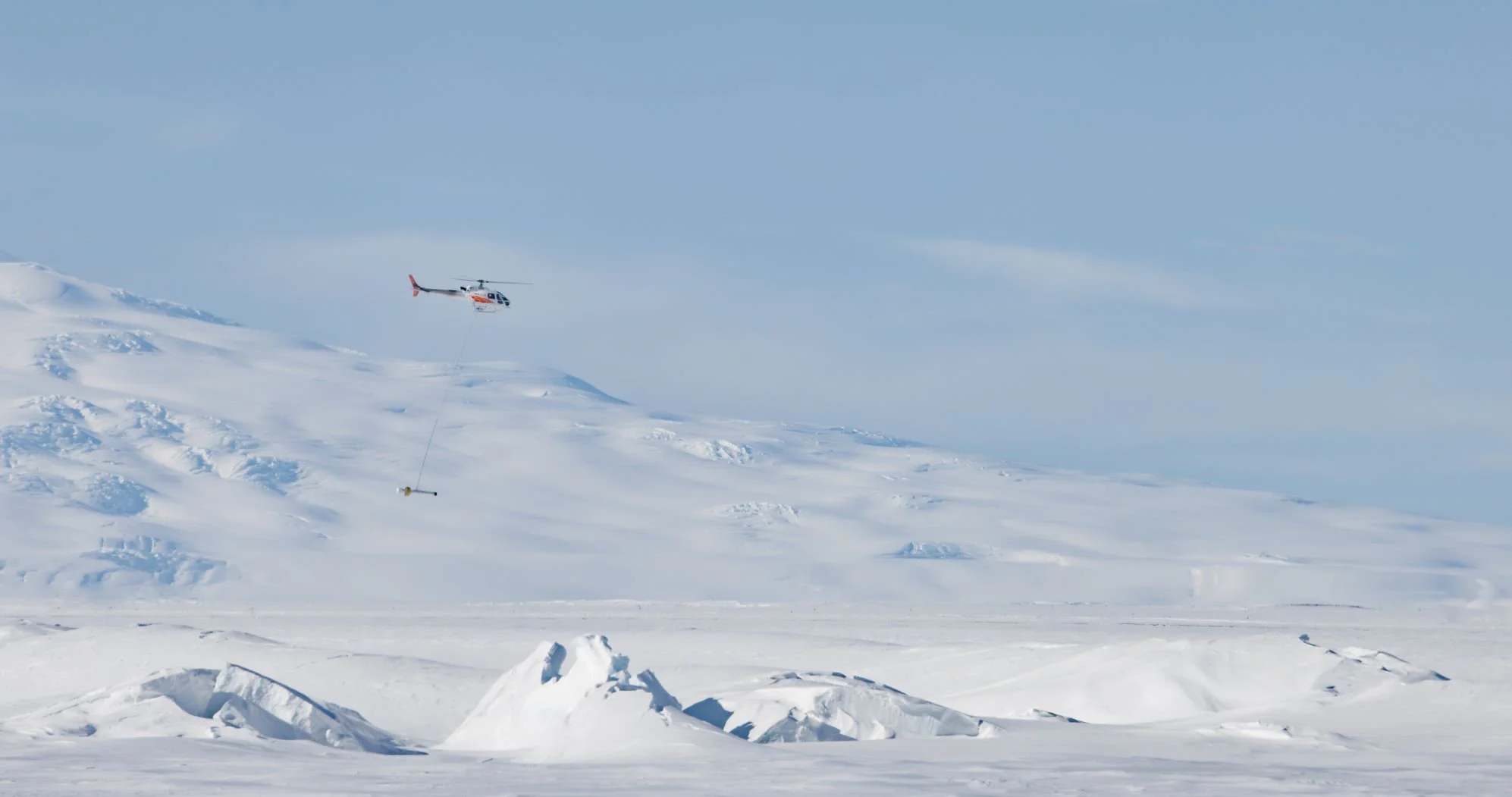Antarctic Ice retreat can be slowed by climate-driven changes
Scott Base - New research shows ice-sheet-wide collapse in west Antarctica isn't inevitable as the pace of ice loss varies according to regional differences in atmosphere and ocean circulation.
An international team of researchers has combined satellite imagery and climate and ocean records to obtain the most detailed understanding yet of how the west Antarctic ice sheet, which contains enough ice to raise global sea level by 3.3 metres, is responding to climate change.
The researchers, from the University of Cambridge, the University of Edinburgh and the University of Washington, found the pace and extent of ice destabilisation along west Antarctica's coast varies according to differences in regional climate.
Their results, reported in the journal Nature Communications, show while the west ice sheet continues to retreat, the pace of retreat slowed across a vulnerable region of the coastline between 2003 and 2015.
This slowdown was driven by changes in surrounding ocean temperature, which were in turn caused by variations in offshore wind conditions.
The marine-based ice sheet, home to the vast and unstable Pine Island and Thwaites glaciers, sits atop a landmass lying up to 2500 metres below the surface of the ocean.
Since the early 1990s, scientists have observed an abrupt acceleration in ice melting, retreat and speed in this area, which is attributed in part to human-induced climate change over the past century.
Other scientists have previously indicated that this type of response across a low-lying landmass could be the onset of an irreversible, ice-sheet-wide collapse called a marine ice sheet instability, which would continue independently of any further climatic influence.
The idea that once a marine-based ice sheet passes a certain tipping point it will cause a runaway response has been widely reported. Despite this, questions remain about the extent to which ongoing changes in climate still regulate ice losses along the entire west Antarctic coastline.
Using observations collected by an array of satellites, the scientists found pronounced regional variations in how the ice sheet has evolved since 2003 due to climate change.
By analysing climate and ocean records, the researchers linked these regional differences to changes in the strength and direction of offshore surface winds.
In this part of Antarctica, the prevailing winds come from the west. When these westerly winds get stronger, they stir up warmer, saltier water from deep in the ocean, which reaches the Antarctic coastline and increases the rate of ice melt.
Ultimately, the study illustrates the complexity of the competing ice, ocean and weather driving short-term changes across west Antarctica and raises important questions about how quickly the icy continent will evolve in a warming world.















Lisa was born in Auckland at the start of the 1970s, living in a small campsite community on the North Shore called Browns Bay. She spent a significant part of her life with her grandparents, often hanging out at the beaches. Lisa has many happy memories from those days at Browns Bay beach, where fish were plentiful on the point and the ocean was rich in seaweed. She played in the water for hours, going home totally “sun-kissed.” “An adorable time to grow up,” Lisa tells me.
Lisa enjoyed many sports; she was a keen tennis player and netballer, playing in the top teams for her age right up until the family moved to Wellington. Lisa was fifteen years old, which unfortunately marked the end of her sporting career. Local teams were well established in Wellington, and her attention was drawn elsewhere.